Boria on the Delta
Founding
After his sucessful campaign in the South, and after having married princess Elladia, Boros The Conqueror reached the Delta of the Parana River in 568 AP. Believing to be the ideal spot for a brand new city, the King of Stepliaordered his personal architect Olympius of Dubris to begin drawing the layout of the city.
Boros had the occasion to visit Blati early in his youth and was really impressed by the Blatian capital, the biggest, most populated city in the known world and now He was determined to build a city as splendorous as the capital of the Blatian Empire, using it as a model to create the city that would bear his name. The city began to grow really quickly, reaching 50.000 inhabitants by the time of Boros's death in 596 AP.
Most of the early inhabitants were veterans of the army of Boros who settled there and married local elf women and also elves from the neighbouring villages, especially the native aristocracy and the skilled artisans. In the following decades the population multiplied exponentially, reaching 300.000 inhabitants by 630 AP and half a million by the end of the century, effectively becoming the second largest city in the continent, and quite possibly the third largest city in the known world. This was due to the steady oronai migration during the time that Boria on the Delta and the whole South were part of the Kingdom of Steplia. When the South became independent the arrival of new settlers from the nothern Oronai realms decreased but despite this, pockets of settlers from the north continued to arrived in significant numbers.
As the time passed by the city was embellished with more monuments, statues, temples, gardens and public buildings making it one of the most beautiful cities in the known world and certainly one of the most comfortable to live in. Boria on the Delta also became incredibly wealthy because it quickly became the second most important and busy port in the continent of Teria. It was the port that connected the rich Eastern areas of the continent, namely the Blatian Empire and the Kingdom of the Green Elves with the realms of the West; Wesdaland and Witharfia. So Blatia silks could be bought by Wesdalandian merchants and then sold to the nobles of the Kingdom, while mead, wool and amber from the western regions could be bought by Blatian Merchants. Contrary to many ports to the West and North, Boria on the Delta wasn't frozen during winter (due its temperate climate)
The city also became a center of culture and knowledge for the Western Regions as its Academy attracted scholars and students from all corners of the continent, specially from the Western Regions who came to the city to learn philosophy, astronomy, rhetoric, alchemy and magic
Demographics
Most of the city's population can be classified into three species: Humans, elves and half elves.Humans
Humans represent more than half of the population of the city.90% of them are Oronai, either descendants of the early veteran soldiers who settled here when the city was founded (most of them became part of the city's aristocracy) or they or their ancestors came in the following decades attracted by the prosperity of the settlement. The other human communities by size are Blatians, Tushpites, Wesdalandians and Ateri. Wesdalandians and Blatians are mostly traders or artists (like troubadours of painters), while Ateri and Tushpites are artisans or mercenaries.
Elves
Elves are the second largest group in Boria, they represent 25% of the city's population and like humans they are two types of elves living in the city. The first ones are the local aristocracy (most of them High Elves) who came to settle in Boria and then intermingled with the humans, achieving offices at Court and in the city's institutions; and on the other the second group of elves are the commoners, (forest and moon elves) mostly artisans, craftsmen, adventurers, wizards who, like many Oronai humans came to live in the city attracted by its many possibilities and its wealth.
Half Elves
Half Elves are the third largest specie in Boria. They represent between 15 to 20% of the city's population. Because of their lifespan most of them are the sons of the first settlers of the city or of the first waves or Oronai migration after the foundation of the city. Most of them are aristocrats and members of the Royal Court but you can also find half-elf commoners, in fact, the neighbourhood near the temple of the god Van has a high percentage of half elf commoners, most of them are pottery makers, wine sellers and potion makers.
Government and Civic institutions
Most of the institutions of the city are based in the civic institutions already found in every Oronai city, like Phagias, Evergetia, Banias or Bazira.
The city is divided into 8 districts. Each year elections are held in the city in order to elect the representatives that would sit at the City Council. Each district chooses 20 representatives. One the election is over, in the first session of the City Council there is a new election where the various officials of the city are chosen. These are as follows:
- Supervisor of the Markets: This man is the responsible for the prizes on the markets, for organizing the local fairs and for keeping the security on these areas.
- Supervisors of the Public festivals: 8 men from the City Council are chosen to organize the religious calendar alongside the High Priest as well as the main religious processions and festivals through the year
- High Priest: He is the responsible of the Royal Cult in the city (both of the current King and of the deceased kings, most importantly King Boros). He presides the most sacred religious festivals and is also responsible of the caring and protection of the Sacre Tree that is located in front of the Temple to the protective Triad of gods: Abbon Shabai, Tyr and Zerah, as well as the water fairies
- Secretary of Public Health: Chosen every 2 years, he is responsible for the water supply to the city and the building and maintenance of the streets and the sewers
Districts and main areas
As it has been said, the city is divided in 8 districts, also called quarters or neighbourhoods. You've the Royal District, centered around the Royal Island, the Quarter of the Islanders and the Elven quarter, located in the Eastern Side of the city, the Devonika Quarter, located in the homonymous island, the foreign Quarter, the Hystrian quarter, the Elladia quarter and the Avronian quarter, these three ones located in the western side of the city.
Most of these quarters are named after the homeland of the first settlers that populated that neighbourhood; for example the Islander, Hystrian and Avronian quarters make reference to regions of the kingdom of Oronia (The city of Hystria or the Islands of Lower Oronia, and the city of Avronia in Upper Oronia).
Most of these quarters or neighbourhoods are related to specific economic activities. For example, the Devonika district is famous for its goldsmiths and jewel makers, while the Islander neighbourhood is famous for its imported wine, olives and olive oil from Oronia
Monuments and important landmarks
Boria on the Delta is synonymous of splendour, of beauty and impressive buildings, as well as its natural wonders like the Great Waterfall. The city is home to more than 10 bathhouses, 10 great temples, two great libraries, three impressive lighthouses, 2 stadiums for horse races and athletic competitions as well as a theatre with capacity for 50,000 spectators.Main exportations
Boria on the Delta is also a famous for its wines. If you wonder across the city markets or taverns, you'll find a wide variety of wines; the most famous are the ones imported from Oronia; which are also in high demand by the people of the West. For example wine from Oronia is the favourite of the Wesdalandian Court, and hundreds of ships with thousands of amphorae containing Oronai wine depart to the lands of the West.
Another massively exported product is pottery. Especially black vases decorated with red figures. For the Oronai, these are daily life, cheap objects, although they appreciate their artistic value. But in the western realms of Wesdaland, Witharfia or Great Ateria; Oronai pottery is a very luxurious item, reserved to powerful nobles or kings. For example, in the land of the Ateri, one can know how powerful a chieftain is according to how many Oronai vases he has. Another example is the Art Gallery at the Wesdalandian Royal Palace where foreign dignitaries can appreciate hundreds of Oronai vases made by the finest pottery makers and artists. This vases might depict mythological scenes from the The Siege of Dorstulon or other Davidovian myths, daily life scenes, animals...etc.








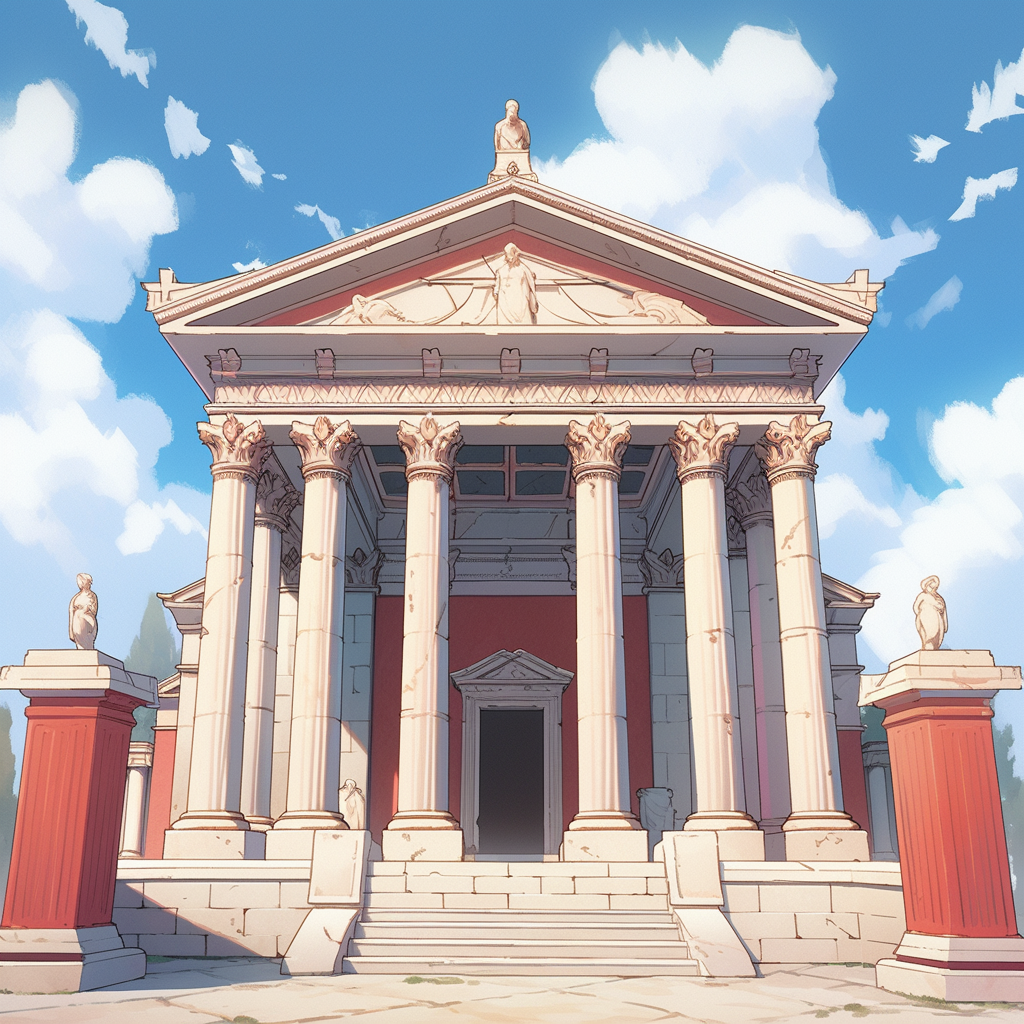
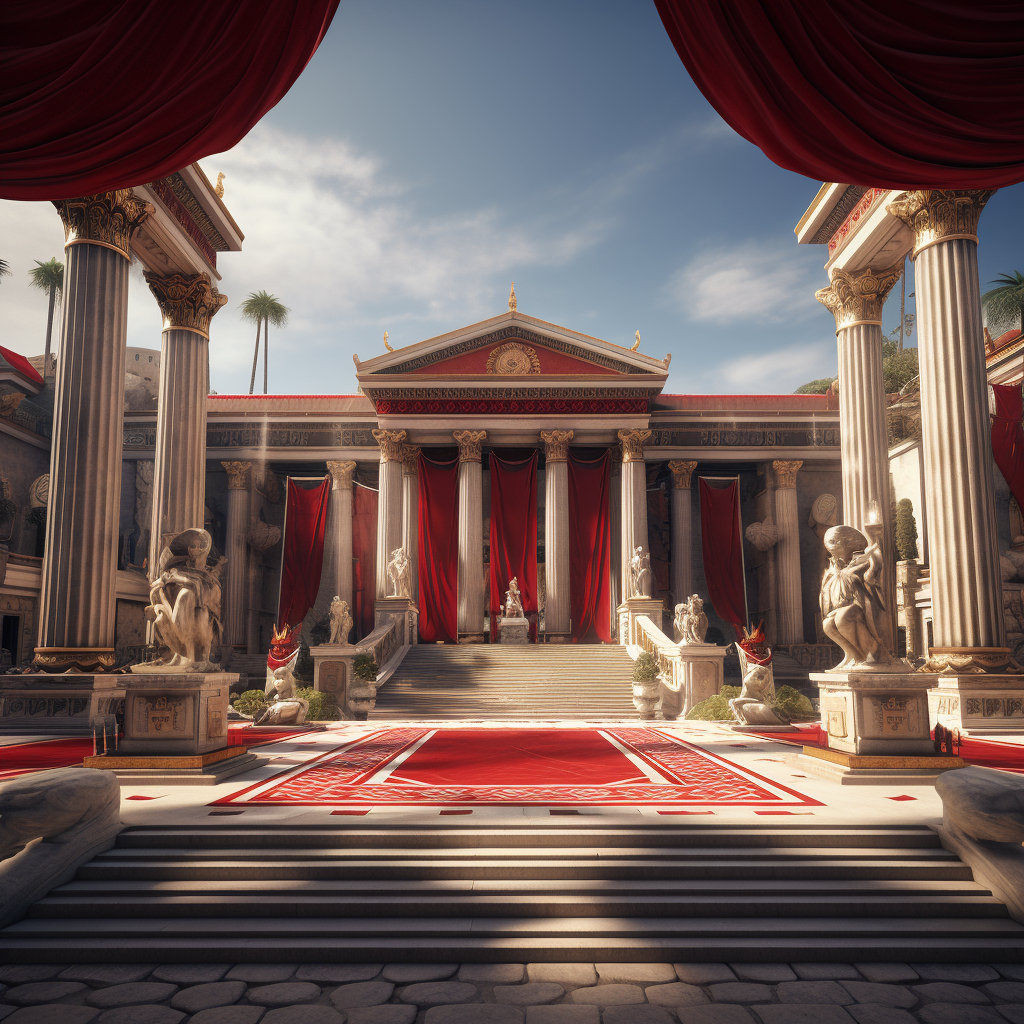

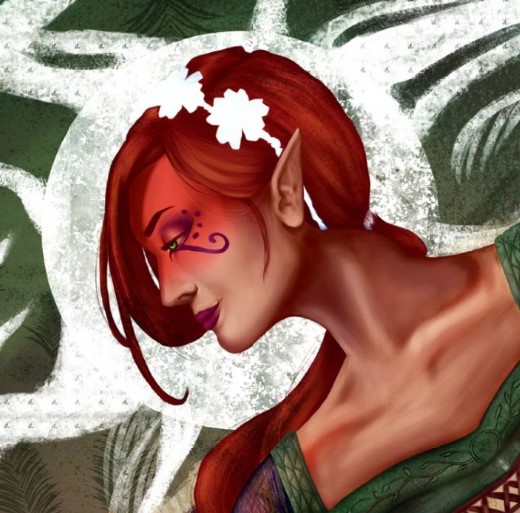
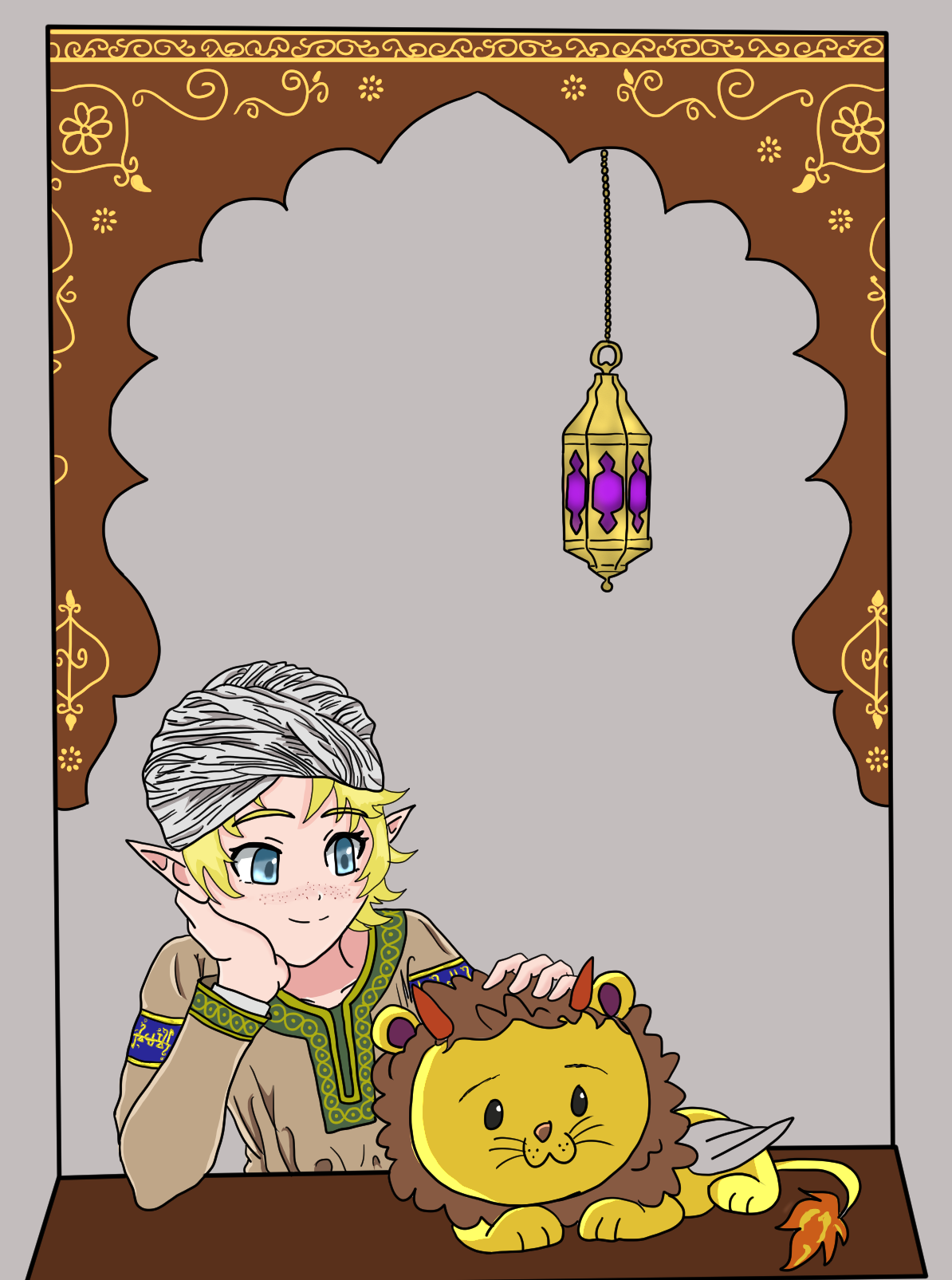

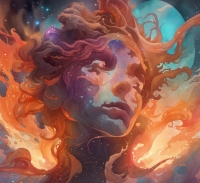


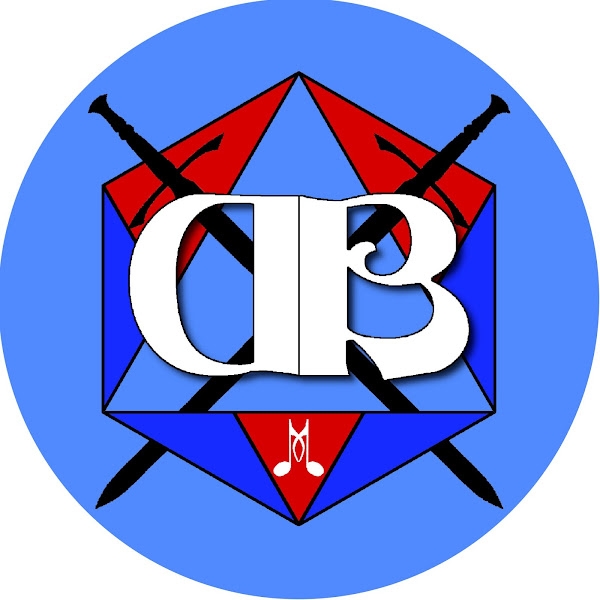
Sadly I can't listen to the music because it is blocked in my country, but the article and the settlement, including their demographic details, is such a fun read. :)
Oh is it?, perhaps I'll have to change the video. Thank you so much for the comment Eddie!! I'm so happy that you like it, Also is the map too small? I hope it isn't.
Nah, map is fine on my end. :)